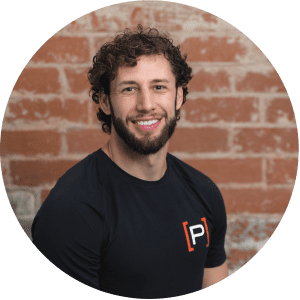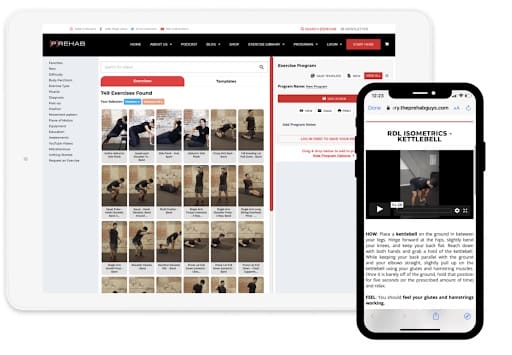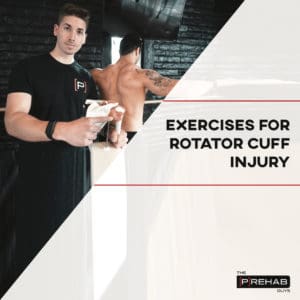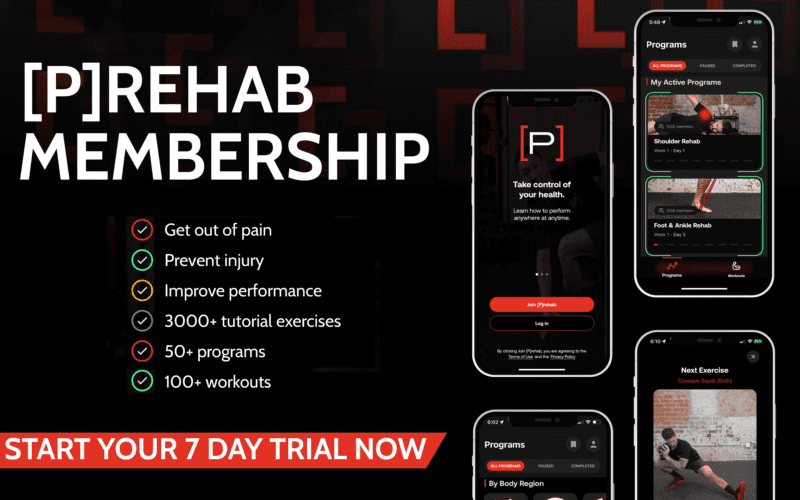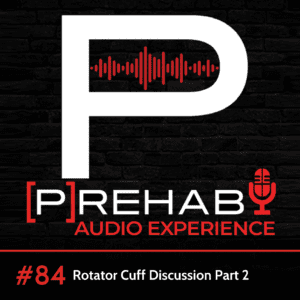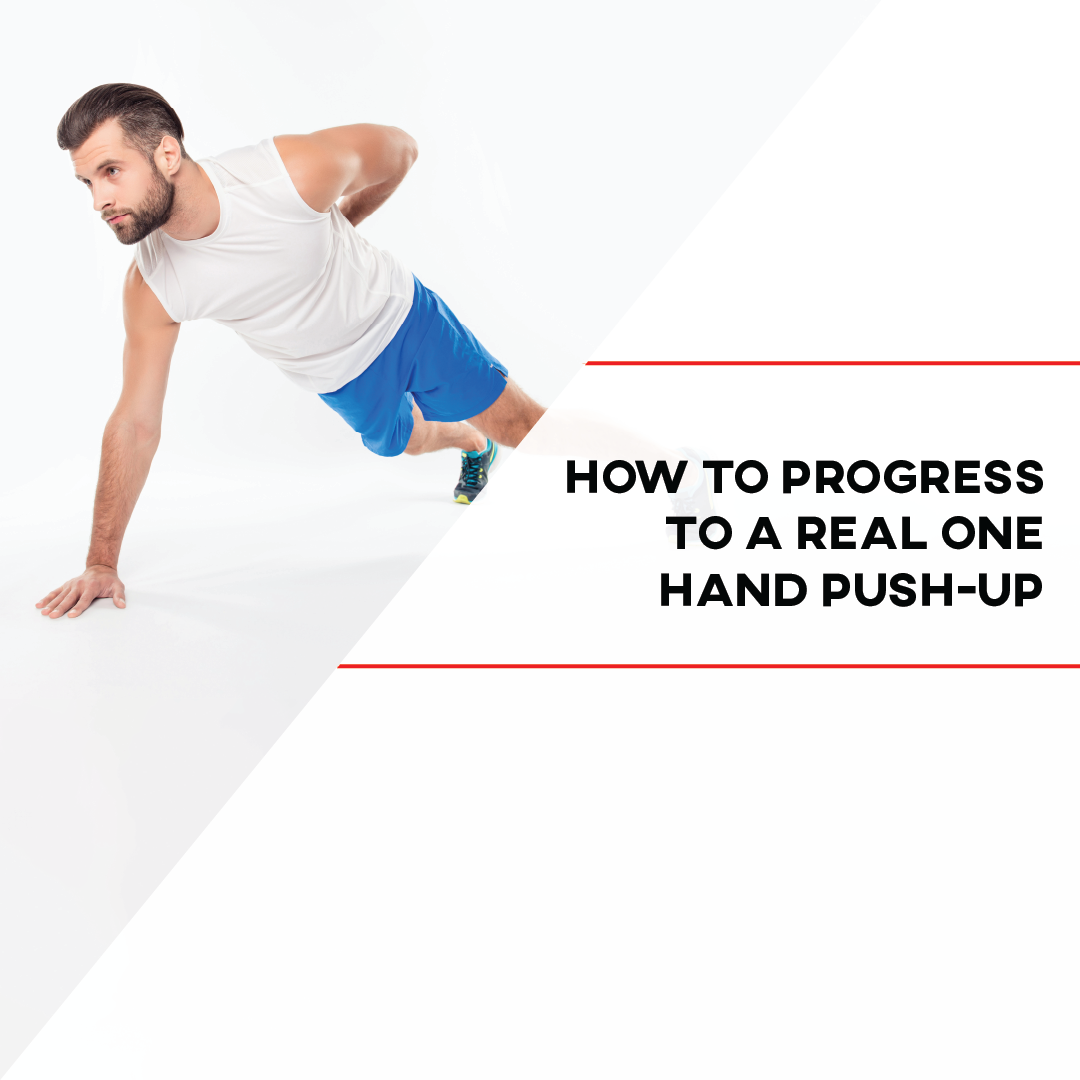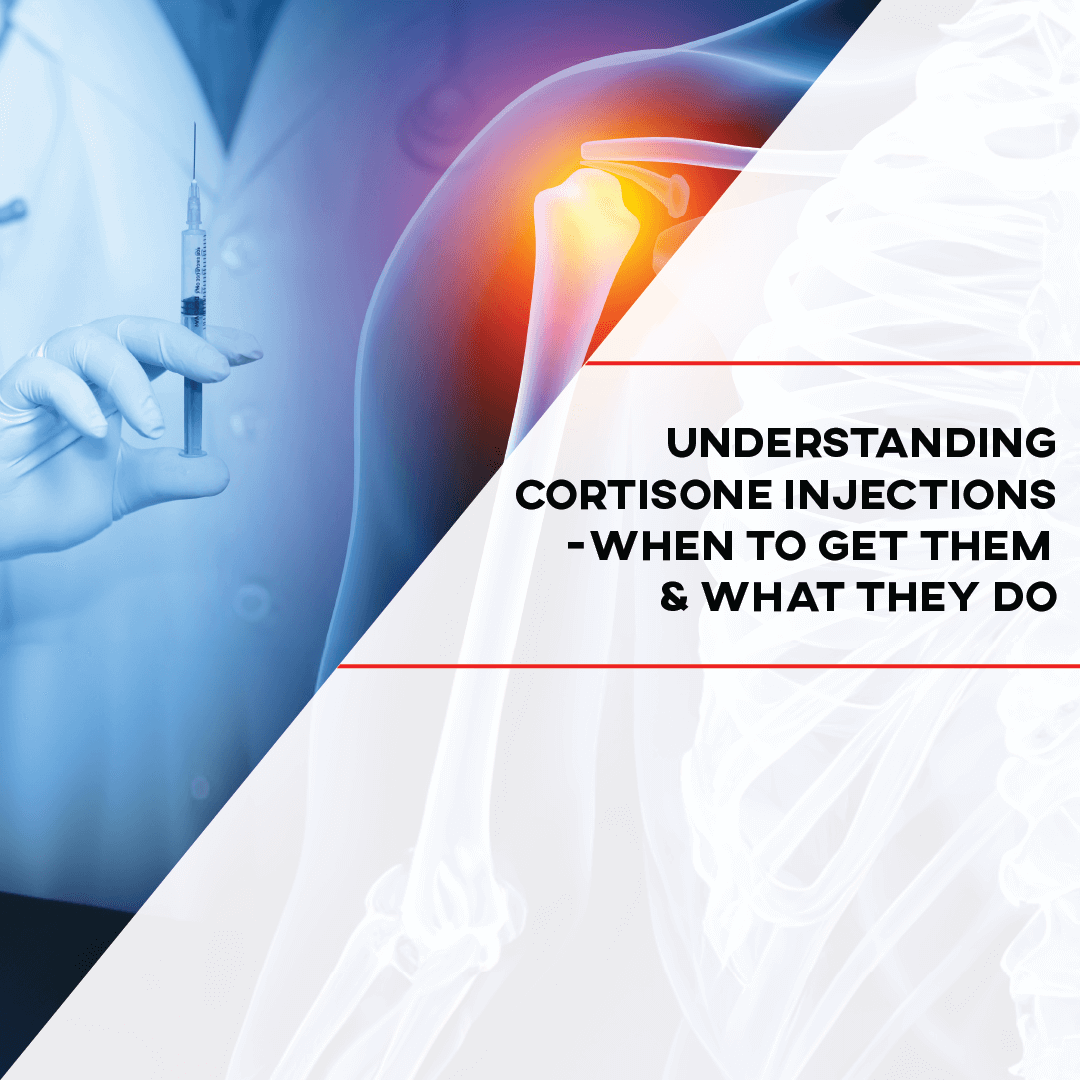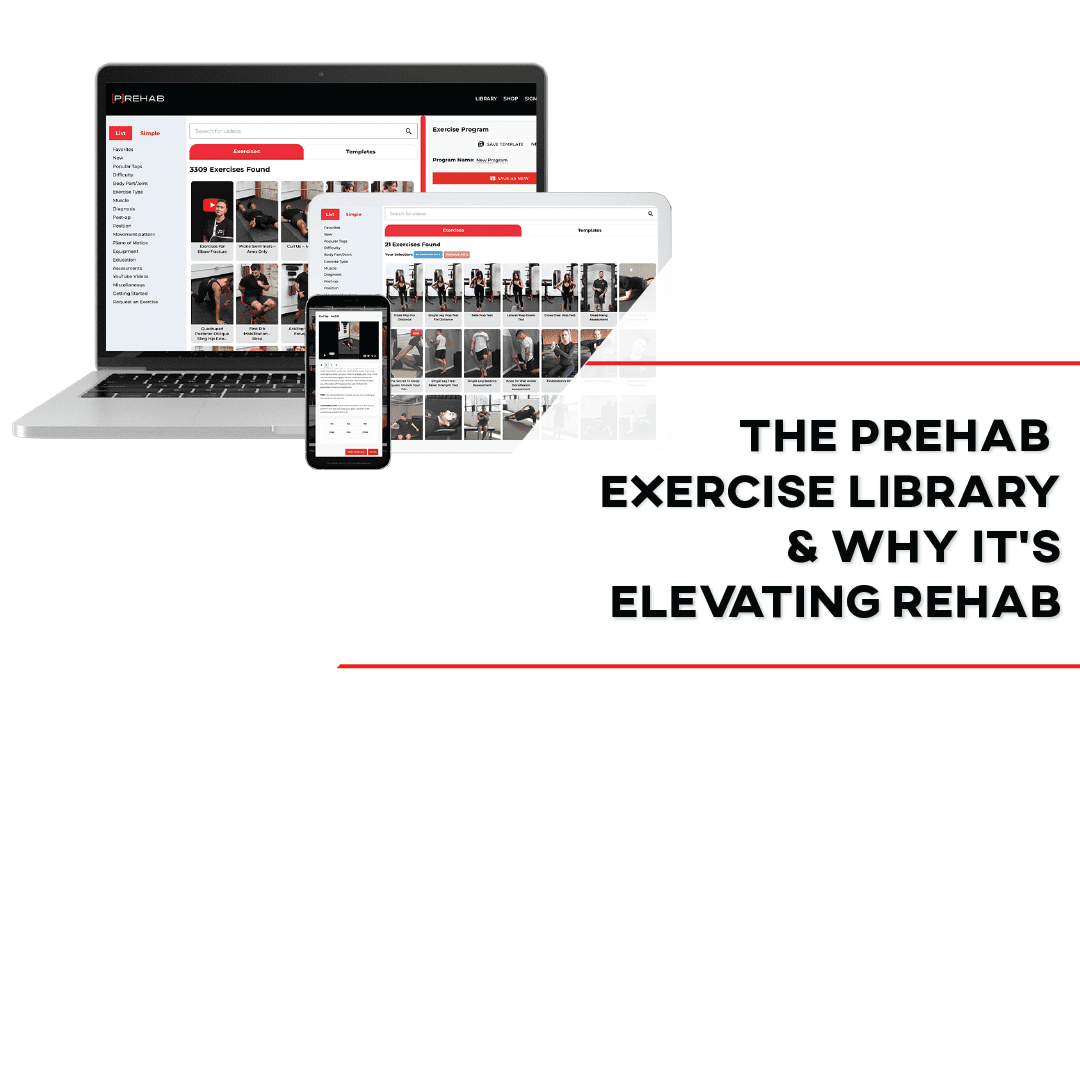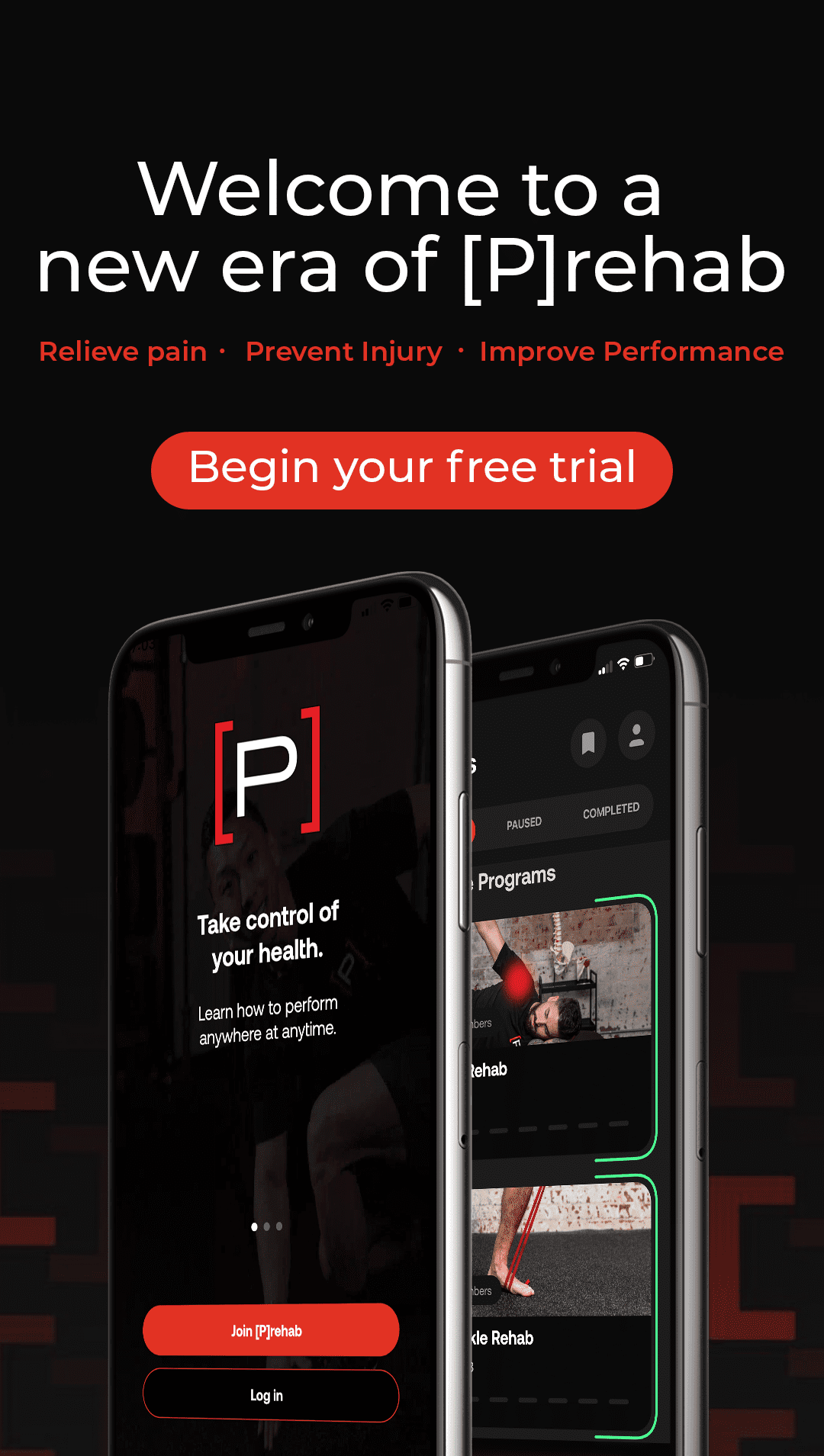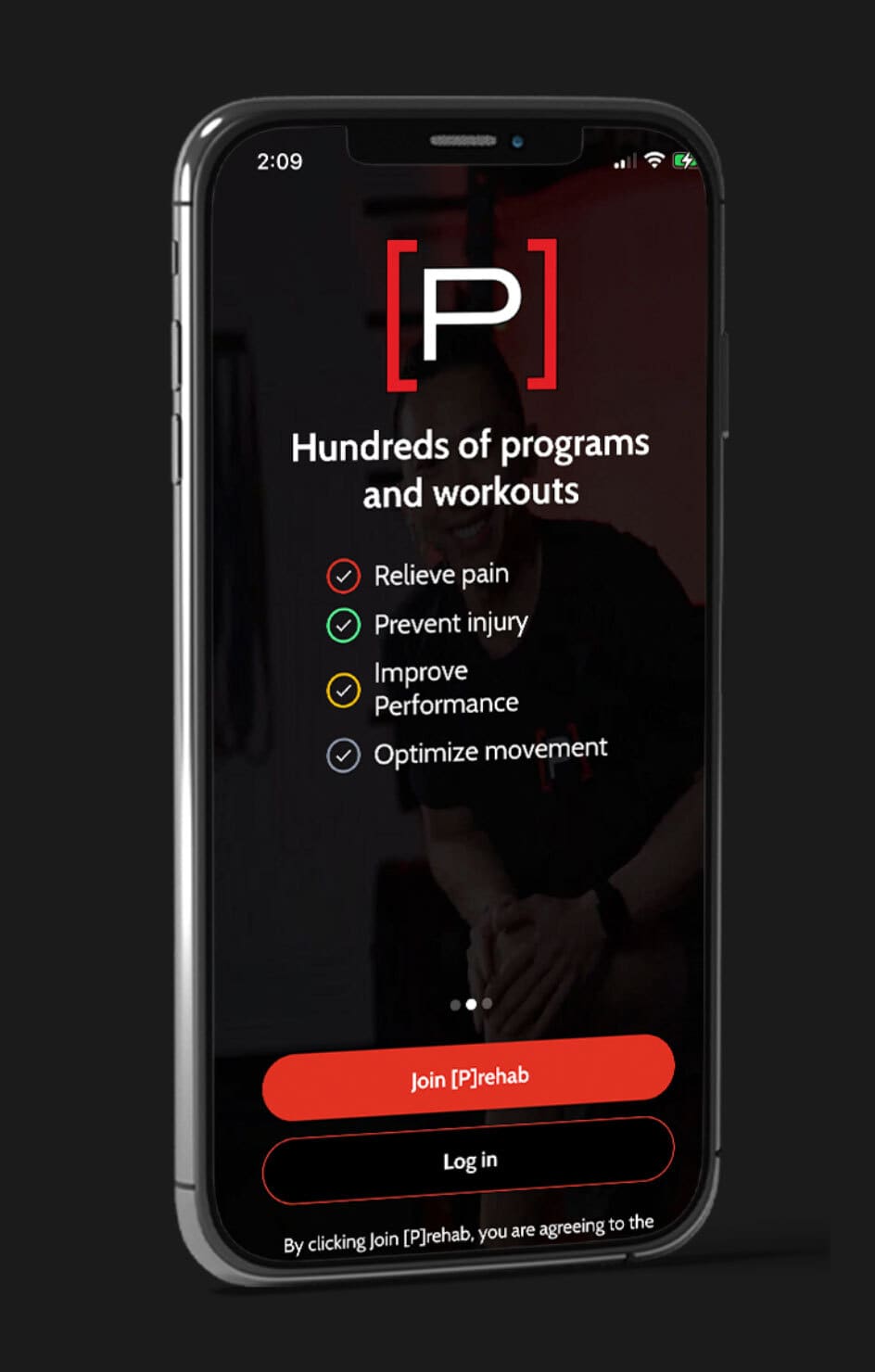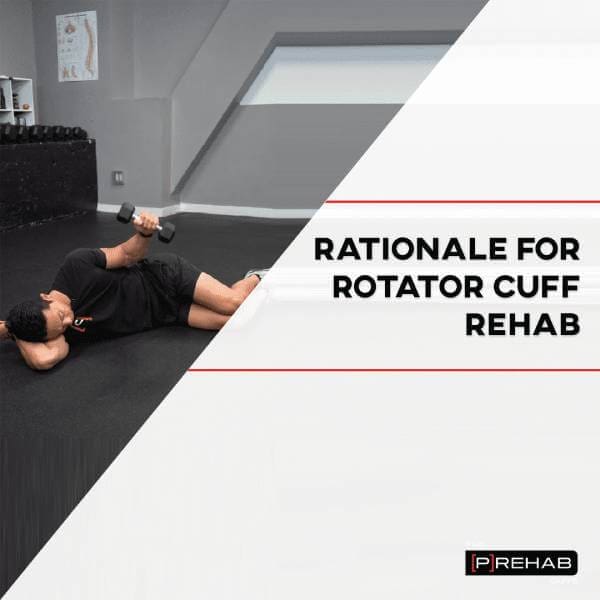
Rotator cuff-related shoulder pain (RCRSP) is the third most common condition seen clinically and likely to be the number one mispronounced diagnosis! RCRSP is a complex condition surrounding a complex joint. We have over 70 orthopedic clinical tests for the shoulder joint and spend countless hours learning them and trying to identify exactly what is causing this pain. Are these tests able to give us that information? In short, no and we will explain why later. The term RCRSP was born as an umbrella term encompassing subacromial pain (impingement) syndrome, rotator cuff tendinopathy, and symptomatic partial and full thickness rotator cuff tears. As complex as the joint and condition is, we hope to help you find simple solutions! In this post we will take you through tips/assessments/progressions that you will find in the [P]Rehab exercise library. The goal is to ensure the patients you are working with have fully prepared their shoulder complex to take on the demands of their environment!
“This blog is one of our ‘clinical pearls’, which is designed to assist clinicians in understanding exercise progressions for various clinical conditions. Throughout each of these clinical pearls, you will learn multiple ways to attack similar issues we all see when treating our patients. We also highlight many of our personal exercise library videos throughout these pearls, all of which you can gain access to as an exercise library member!”
4 Phases of RTC Rehab
Below are the phases we will break down in this clinical pearl!
Phase I – Symptom Modulation
Phase II – Restore Balance and Mobility
Phase III – Strength and Capacity Building
Phase IV – Performance
Rotator Cuff Related Shoulder Pain Patterns
This condition can really be present in all populations but tends to show up more as people age. Each year approximately 1% of adults over the age of 45 years present to their primary care provider with a new episode of shoulder pain, the most common source tends to be specific to the rotator cuff and associated structures (Fleming et al 2005). Age and hand dominance seem to play a role. The odds of an individual sustaining a Rotator Cuff Tear were 5.07 times higher for individuals >60 years old and the dominant side is 2.30 times more likely to sustain a Rotator Cuff Tear compared to the non-dominant hand (Sayampanathan et al 2017). This brings up the point of when patients refer to a “good side” and “bad side”. In a perfect world, we would have a baseline strength test to show us limb dominance prior to the injury. As much as a hand grip test can give us this answer, we can do better. The cuff is a dynamic stabilizer that allows comfortable UE movement to occur.
What Is The Job Of The Rotator Cuff
To look at dynamic stability and arm dominance, in that hypothetically perfect world, we use the Long Sitting OH Press Capacity Assessment!
Long Sitting OH Press Capacity Assessment
The reality of the situation is that the dominant side that the person is experiencing symptoms is probably the “good side” and the weaker or non-dominant side could use some work throughout the rehab process!
What are other factors that lead to rotator cuff-related pain? This is heavily debated and research summarized by Jeremy Lewis 2016, shows genetics, hormonal influences, lifestyle factors such as smoking and alcohol consumption, comorbidities and level of education, biochemical, pathoanatomical, peripheral, and central sensitization, sensory-motor cortex changes, and a raft of psychosocial factors! A major influence tends to be excessive and maladaptive load imposed on the tissues; meaning the demands placed upon the shoulder outweigh its capacity.
Are You In Need Of A Better Exercise Library?
Our exercise library has thousands of exercises that can be narrowed down to any body region, ailment, movement, and more, including many for the rotator cuff! Click HERE to sign up!
What Structures Play A Role And Can We Identify Them Through Testing?
We promised in the intro we would get back to this point, so let’s dive in! Remember all those special tests we learn about the shoulder in school? This may be difficult to swallow after all the time invested but they really are not so special. For a special test to be “special” it needs to be valid. To be valid it has to be compared to a gold standard test. The gold standards for the shoulder tend to be x-ray, MRI, diagnostic ultrasound, and diagnostic arthroscopy. These tests should be able to identify structures or the structure potentially causing the pain. As research advances we learn it’s more likely to have abnormal defects shown on imaging without experiencing symptoms than having defects on imaging and symptoms (Barreto et al 2019). These gold standards may actually be more of a silver or bronze level! Furthermore, we have to ask can our clinical tests actually isolate or identify one structure?
Not at all! For example, the empty can test is thought to isolate the supraspinatus. Research by Boettcher et al 2009 has shown during the empty can test, 9 muscles are near equally active as the supraspinatus! They conclude, “These tests do not primarily activate supraspinatus with minimal activation from other shoulder muscles and therefore, do not satisfy basic criteria to be valid diagnostic tools for supraspinatus pathology.” It’s time to take special tests out of your clinical exam and “put them out to the pasture” as written by Salamh and Lewis 2020.
If you are using them to attempt to identify a specific structure to explain RCRSP then yes! However, these tests can provide the clinician with other valuable information such as willingness to move and ranges or particular movements causing symptom provocation. They can also help us answer if we should be treating the condition or if a referral is needed!
Rule out:
There may be some conditions in which conservative management will not be successful. This is going to depend on the patient’s goal and the activities they want to return to!
If the patient is looking to get back into their sport and has a potential full cuff tear or full tear of any other muscle of the shoulder complex, we are not taking any chances, refer them to the orthopedic surgeon as soon as possible!
To identify a full rotator cuff tear we use the drop arm test. This is completed by standing at the side lifting the patient’s arm to 90 degrees abduction and then having them slowly lower the arm to the side. This test has a specificity of 97.2 and a +LR of 2.79.
Lastly, let’s talk about labral tears and shoulder dislocation. Labral tears are common in athletes, research by Lesniak et al 2013 concluded, “Asymptomatic shoulder lesions in professional baseball pitchers appear to be more frequent than previously thought.” Schwartzberg et al 2016 found superior labral tears diagnosed by MRI in individuals between the ages of 45-60 years may be normal age-related findings, and lastly, De Carli et al 2012 MRI findings of gymnasts showed 100 percent of them had signal abnormalities in their shoulders making clinical decision making difficult.
Type I SLAP tears tend to be managed very well with conservative management. However type II, III and IV will likely need surgical intervention. How do you know which one you are dealing with and when do you refer? First, you need a really thorough subjective examination. Next, you can use a clinical cluster but it can still get “muddy” as this injury typically occurs with other shoulder pathology and a lack of consistent pain patterns. Ultimately, if a type II-IV SLAP lesion is expected it’s worth getting an MR arthrogram, especially in overhead athletes. As for anterior shoulder dislocation, it becomes less “muddy”. If the person is under the age of 20 the rate of recurrent instability is 72-100 percent, 20-30 years 70-82 percent, and greater than 50 years old recurrence is 14-22 percent (Polyzois et al 2016). If the goal is to return to competition as a fitness athlete, mechanical shoulder stability is needed and referral for the younger athletes would be in the game plan.
Don’t Make These Common Mistakes With Shoulder Rehab
Surgery For Partial Rotator Cuff Tears
In the USA there has been a 141% increase in RC repairs between 1996 to 2006 and a 600% increase in repairs performed arthroscopically (Colvin et al 2012). As technology advances and less invasive procedures such as arthroscopes are available more invasive or open procedures are used less often. Interestingly, Carr et al 2015 report that arthroscopic surgeries for the rotator cuff have higher retear rates compared to open repairs and there tends to be no clinical difference in the outcome. More importantly, both groups showed high re-tearing rates.
Bedeur et al 2018 found risk of retearing increases with age and the size of the tear. Specifically, the relative risk increased 2.29 times with every 1 cm increase in tear size. Surgeons have attempted to combat this by changing suturing techniques from single row to double row fixation along with bridge repairs and have been somewhat successful. However, no technique is optimum in all situations making decision-making difficult.
The question we should be asking is does re-tearing matter and was surgery needed in the first place?
Fealy et al 2002 showed us a satisfactory outcome are likely not due to a fully intact rotator cuff. At a 5-year follow up they found 96 percent of patients with intact cuffs were satisfied and 87 percent without an intact cuff were satisfied, which was not clinically significant!
Another surgery offered for this condition is subacromial decompression. Paavola et al 2020 reported at 5-year follow-up, arthroscopic subacromial decompression provided no benefit compared to placebo surgery and exercise therapy group! The reported success after this surgery may actually be due to a reduction initially in activity and then graded return to movement vs the surgery itself.
Despite this trend in the evidence surgeries are still routinely offered, sometimes even before conservative management. An interesting study was completed by Torrens et al 2019. The aim was to look at patients’ decision-making based on the information provided to them by the doctor. They had two groups A and B.
Group A was asked, “Your doctor informs you that you have a rotator cuff tear and states that if he/she surgically repairs your cuff tear you will improve and that the cuff remains healed at the 2-year follow-up in 71% of the cases where surgery is done” whereas group B was told, “Your doctor informs you that you have a rotator cuff tear and that if he/she surgically repairs your cuff tear you will improve and that the cuff is torn again at 2-year follow-up in 29% of the cases where surgery is done.” After those statements, they were asked if they would choose surgery or not. The findings, patients assigned to group A accept surgery significantly more frequently than those assigned to group B! This is why education is so important and both sides of the story are presented to the patient.
Nevertheless, surgery has its time and place. It may be an option if appropriate conservative management has taken place with no changes in function or symptoms.
READ: EXERCISES FOR THE ROTATOR CUFF
How Long Does The Rotator Cuff Take To Heal
If surgery has been performed, communication is vital! The rehabilitative provider will make sound clinical treatment decisions on accelerated vs delayed rehab when they know the size of the tear and suture pattern used!
Alright, with all that being said, let’s get into what you came here for!
Phase I – Symptom Modulation
In the case of RCRSP, we have two groups; irritable and nonirritable. Irritable presentations may be acute vs chronic in nature and are characterized by easily aggravated and sometimes constant symptoms. In this group, we are going to identify a level of activity that reduces the amount of pain and avoid increasing the pain response further, whereas in the non-irritable group we are going to load those tendons early! For the irritable group, we will start in Phase I-Symptom Modulation. The focus is going to be on desensitization and adequate loading. For desensitization, we are going to rely on thoracic mobilizations and the beautiful design of the nervous system!
Thoracic Spine Foam Rolling
In terms of loading the area, there is debate specific to the shoulder on concentric/eccentric vs isometrics. Parle et al 2017 found isometrics in acute rotator cuff tendinopathy to be successful at decreasing pain and creating physiological changes at the structural level. Furthermore, in other irritable tendinopathies isometrics have been shown to provide pain relieving effect for 45 minutes (Rio et al 2015). Anecdotal evidence and our clinical experience show isometrics to be the least provocative and patients feel safe performing this movement! Remember in the beginning we talked about the role of psychosocial factors leading to RCRSP? We have to make sure we are not creating further fear of movement, safety is key!
Shoulder External Rotation Walk Out
Common questions from patients classified in the irritable RCRSP group are if they should get an injection or not. Corticosteroid injections have been used for over 60 years. Due to the time of use, one would conclude they are successful, right? A meta-analysis by Mohamadi et al 2017 showed it provides short-term minimal pain relief at best and the number needed to treat was 5! There is no evidence for medium or long-term results. Furthermore, studies that compared this to saline injections show no differences between to 2 groups (Mohamadi et al 2017). What are the risk vs benefits of corticosteroids? Some research has shown potentially negative effects on rotator cuff tissue but more needs to be done before we draw any conclusions. Another option is Platelet-Rich plasma. Research in this area shows negligible to small benefits and keep in mind most people will be paying out of pocket for these injections (Miller et al 2017). The takeaway here being education and active solutions are needed! Correct, ACTIVE solutions, keep the dust on that ultrasound machine in the back of the gym.
The Prehab membership is the anti-barrier solution to keeping your body healthy. Access state-of-the-art physical therapy, fitness programs, and workouts online in the comforts of your own home or gym! Taking control of your health with exercise & education from the palm of your hand has never been easier. Get access to 50+ programs, 100+ unique workouts, and 3000+ exercises to build your own workout routines. Trial it for free, and learn how to get out of pain, avoid injury, and optimize your health with [P]rehab!
Phase II- Restore Balance and Mobility
Remember to not skip steps in the Rehab process. If mobility is limited due to tissue or joint restraints, take care of that first!
How To Assess & Improve Shoulder Overhead Mobility
If the posterior capsule is hypomobile then open it up with this:
Side-Lying Shoulder Cross Body Stretch
Sample [P]Rehab Exercise Library Videos
Another reminder is that most shoulder pain and RCRSP is due to irritation in the anterior capsule and weakness of our mid-, lower-traps, Rhomboids, and Serratus Anterior.
Based on research from Cools et al 2014 overhead athletes are more likely to recruit the upper trapezius muscle prior to lower or middle trapezius muscles. This can lead to a timing issue in terms of muscle recruitment. Because of this, lower and middle trapezius and serratus anterior activity may decrease, while upper trapezius, pec minor, and levator scapula activity may increase. This group of dysfunctions can lead to a decrease in scapular upward rotation, external rotation, and posterior tilt – all specific scapular motions that are imperative to try and prevent things like subacromial pain syndrome and RCRSP. Our go-to test is the prone shoulder T endurance test.
Prone Shoulder T Endurance Test
Push Up Plus
Sample [P]rehab Exercise Library Videos
While taking care of the scapulothoracic complex we still need to address the rotator cuff and balance of external to internal rotation strength! If using strength ratios the end goal is to achieve ER: IR of .66 to .75. Hopefully, the irritability of symptoms has calmed down and we can start introducing resistance training through increasing ranges. This may be a good time to introduce blood flow restriction training at lighter loads if the patient is a candidate!
One of the most recognized and simple solutions to load the cuff is side lying external rotation.
Side Lying Shoulder External Rotation – Band
This exercise is thought to elicit the highest amount of EMG activity of the infraspinatus and teres minor but remember EMG activity does not always equate to function. Remember, the rotator cuff is a dynamic stabilizer. To create reflexive contraction utilize compression and/or distraction of the joint, such as a Tall Plank Shoulder Tap and side plank row.
Tall Plank Shoulder Tap
Phase III- Strength and Capacity Building
In this phase, the goal is to really hone in on strength building. Most RCRSP can be attributed to an increase in workload exceeding the current capacity of the shoulder musculature. We must build up the further capacity to better meet the exposed demands!
Single Arm Yoga Push Up With Knee Tap
Phase IV- Performance
Most rehabilitative providers may look at the performance phase as optional but we believe to truly have good long-term results this phase is needed! Why? We need to progress power and rate of force development exercises. This phase is crucial because it is the most specific to our common ADLs. Think of it this way, when reaching for something in a cupboard or a seat belt we do not pull our scapulae back into a perfect position, brace our core, and then slowly grab the object. Imagine how much time this would take in a day? Luckily, our natural movement does not occur that way, we move quickly, grab the object, and then onto the next task! Furthermore, stabilizing muscles are predominantly thought to be composed of Type I fibers. Lovering et al 2008 found overall only 44 percent of the muscle fibers were slow twitch or type I fibers. We need speed!
Prone Swissball 90/90 External Rotation – Plyometric
Plyometric Push Up – Single Arm Landing
The rate of force development or power-based exercise tends to be the most provocative and the patient needs to have adequate strength and capacity building in the previous phases as a prereq. If symptoms become prevalent, ask did we progress too soon or do we need to build more capacity before adding in power?
LISTEN: ROTATOR CUFF DISCUSSION WITH [P]REHAB
Closing Thoughts
The last recommendation we have for you is to keep the rest of the body moving! Although this is specific to the rotator cuff, the way the rest of our body moves plays a role in how much stress the rotator cuff is undergoing. Also by using compound movements we are likely to get a greater release of growth hormone circulating throughout the body to help tendons and muscles recover! Speaking of recovery, don’t forget, that quality sleep is crucial for the healing process!
In Need Of A More Comprehensive Exercise Library To Use?
Are you tired of scrolling for minutes on end for a specific exercise, ultimately leaving you without your desired intervention? Descriptions of movements not up to par? Time to end your exercise library struggles and gain access to the BEST exercise library there is to be offered! Click HERE to gain access today.
Clinician
Dillon Caswell, PT, DPT, SCS
[P]rehab Audio Experience Host & Head of Programs
